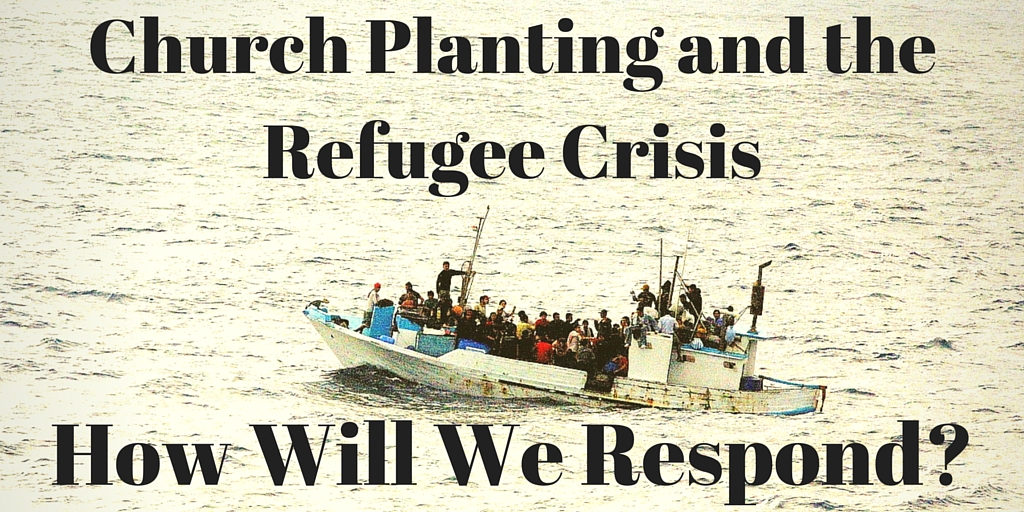In the current worldwide refugee crisis, an unparalleled 60 million people have been displaced from their homes.
Approximately 20 million are refugees (the highest number since World War II), and the rest are mostly either asylum seekers, stateless persons, or internally displaced from their cities or towns but still living in their country of origin.
Just 3 countries, Turkey, Pakistan and Lebanon, are currently home to 30% of these 20 million refugees. Turkey’s population is 99.8% registered Muslim, and Pakistan is 95-98% Muslim. Lebanon is 54% Muslim and 40% Christian, although just 1% is Protestant. Another 27% seek refuge in 7 other countries: Iran, Ethiopia, Jordan, Kenya, Chad, Uganda, and China. Ethiopia, Kenya, and Uganda have large Christian populations, but the others are mostly Muslim or Buddhist.
“And Who is My Neighbor?”
Where do these refugees come from?
The largest number are from South Sudan, Eritrea, Somalia, Congo, Bhutan, Iraq, Myanmar, Ethiopia and Syria.
Most of these are not Christianized nations. Of western democracies that accept refugees, the United States accepts the largest. This number was raised from 70,000 to 85,000 in 2016. Refugees arrive in the U.S. after an 18-month process where they are screened by the FBI, CIA, and our Department of Homeland Security, and complete stringent health screenings. In addition, they must register in the country where their refugee camp is located as well as with the United Nations High Commission on Refugees.
In 2016, this means that 85,000 refugees, homeless, tired, and detached from extended family, will arrive in the United States. Their countries of origin are mostly places with limited Christian witness, and many have had little exposure to the gospel while in their former country of refuge.
The Church’s Response
What will be our response to this refugee crisis? How will American Christians step in, how will they help, and how will they share the love of Jesus and start new culturally relevant churches? Specifically, since this is a blog about church planting, what might these new churches be like, and how would they be structured?
[Tweet “What will be our response to this refugee crisis?”]
My guess is that while the temptation would be to start affinity-based churches (meaning to gather people together in relationship to what they have in common such as language or culture), this would be a mistake. For a number of decades, U.S. churches have tended to group around affinity, so this is a natural response of churched Christians.
However, I believe that new churches among most current refugee peoples in the U.S. would be highly relational and modeled on oikos principles. High-trust, small, low-profile, family-like networks seem essential. This will require real investment in the lives of families and extended families, prolific prayer, discovering persons of peace (Luke 10:6), and just plain time. And it requires not being afraid of Muslims, Buddhists, and others God has allowed to live among us.
Ready to experiment?
Discover V3 Church Planting Partnerships!
Share this Post

